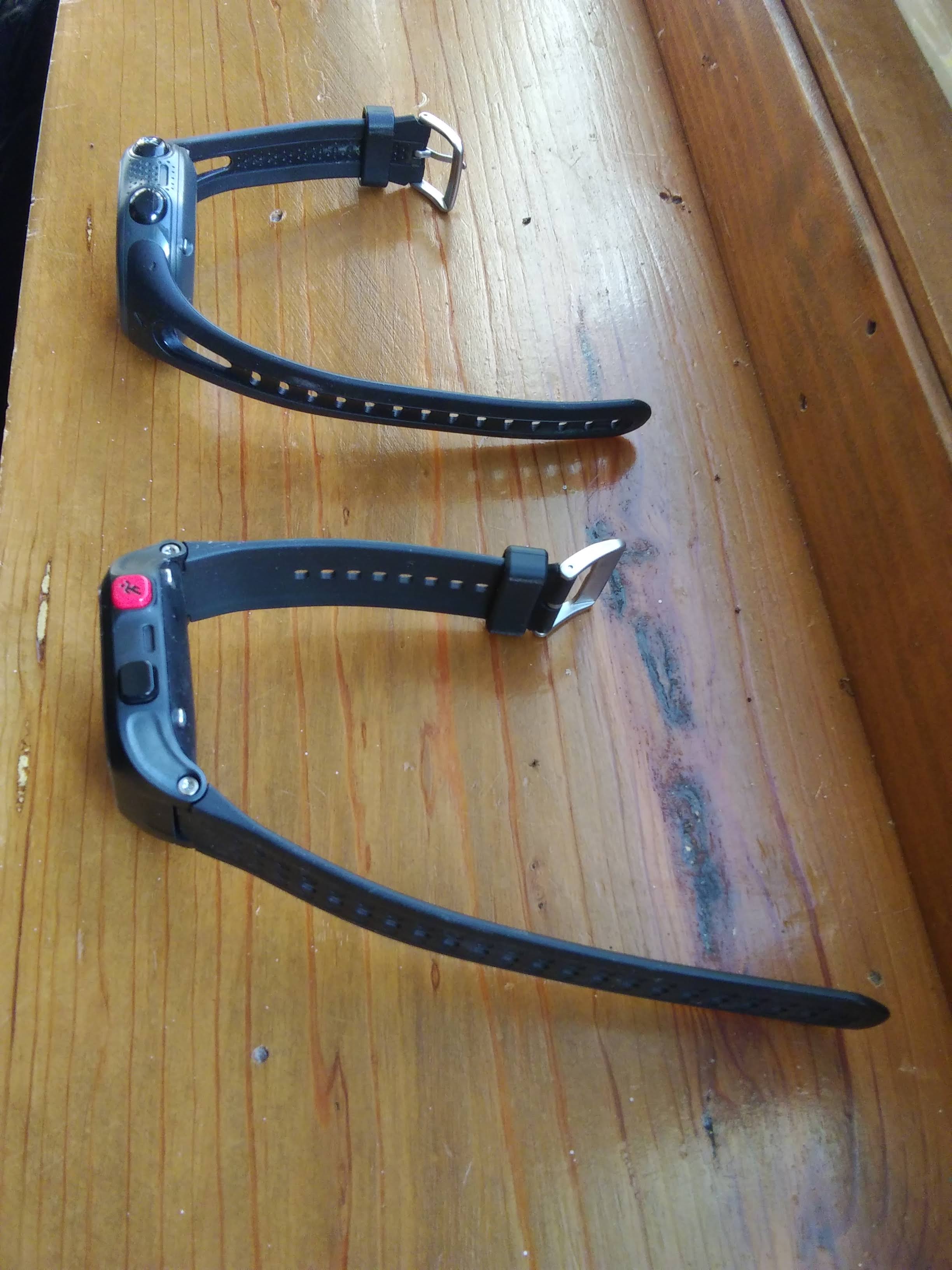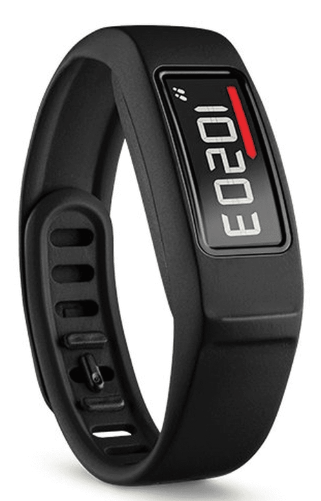A brief personal review of the Garmin Forerunner 10 and 25.
Since Christmas 2015 I’ve been running with a Garmin Forerunner 10. During those 1070+ days, it has worked well. However, there were a few quirks. The only real problem the watch has is that it occasionally goes blank and basically needs a reboot which happens when attached to the USB cable. This problem has become a bit more frequent and prompting me to consider a replacement, just in case.
The Garmin Forerunner 25 arrived on December 6th and went into service on Friday the 7th.

A few things that jumped out at me about the 25 were the band and the larger display.
The band is replaceable like a watch where the 10 was a molded unit. I cannot say I like the band better than the 10, just that it is different. The molded band on the 10 made it a comfortable fit and easier to manage.
Fortunately, the button functions are basically the same between the models, which makes upgrading a lot easier.
The 25 obviously has additional features like Bluetooth and an activity/step tracker built-in.
I use my Garmin Vivofit 2 for tracking my steps, I prefer the low profile of the Vivofit. 
This is where I’m still figuring out the 25. I have disabled the activity tracking features on the device and in the connect software, yet it keeps recording steps along with my run, so it looks like I’ve done a lot more steps than I do.
Two features on the 25 that I am enjoying is that the display is easier to read while running and that the battery life seems to be significantly better. The battery life on the 10 looked like it may not make a full marathon at my pace.
The 25 also includes some new stats in Connect. Cadence and Dynamics have been added to the activity details. The data is interesting, and I’ll see if I use it.
Overall, I’m enjoying the 25, even after just a few days of use. I plan on using the 10 as my backup device.

Leave a Reply